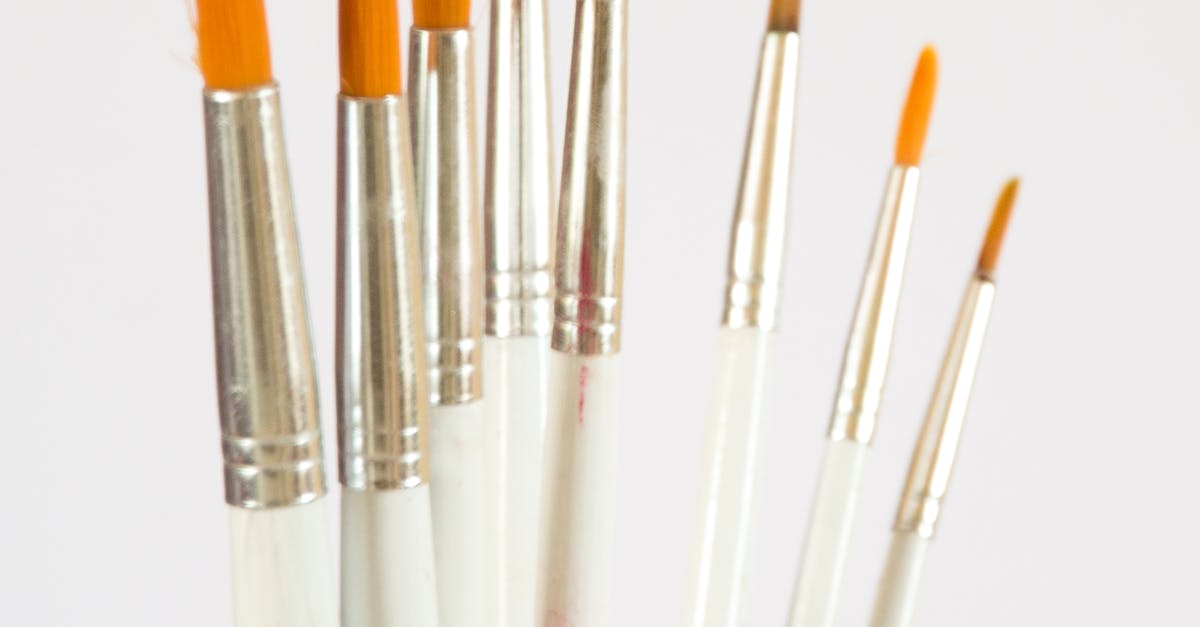Oil painting is a versatile and popular medium among artists, known for its vivid colors, rich textures, and long-lasting durability. As with any artistic medium, oil painting comes with its own set of pros and cons that artists must consider before diving in. In this article, we will explore four vital pros and cons of oil painting, with a slight emphasis on the comparison between oil painting and watercolors.
Pros of Oil Painting:
1. Vibrant Colors and Textures: Oil paints are known for their intense colors and rich textures, allowing artists to create dynamic and visually striking artworks. The slow drying time of oil paints also enables blending and layering techniques, resulting in smooth transitions and intricate details.
2. Longevity and Durability: Oil paintings are highly durable and resistant to fading, making them suitable for creating artworks that can withstand the test of time. The archival quality of oil paints ensures that artworks retain their vibrancy and integrity for generations to come.
3. Versatility and Flexibility: Oil paints can be used on a variety of surfaces, including canvas, wood, and paper, providing artists with the freedom to explore different textures and techniques. From traditional brushstrokes to palette knife applications, oil painting offers endless possibilities for creative expression.
4. Slow Drying Time: While the slow drying time of oil paints can be a disadvantage in some cases, it also allows artists to work at a more leisurely pace, making corrections and adjustments as needed. This characteristic of oil painting lends itself to a contemplative and methodical approach to creating art.
Cons of Oil Painting:
1. Toxicity and Odor: Oil paints contain solvents and pigments that can be harmful if inhaled or ingested, posing health risks to artists, especially if used in poorly ventilated spaces. The strong odor of oil paints can also be off-putting to some individuals.
2. Lengthy Drying Time: The slow drying time of oil paints can be a double-edged sword, as it requires patience and planning on the part of the artist. Unlike watercolors, which dry quickly, oil paintings may take days or even weeks to fully cure, prolonging the completion time of artworks.
3. Cost and Maintenance: Oil paints and related supplies can be expensive, especially high-quality pigments and brushes. Additionally, the cleanup and maintenance of oil painting tools, such as brushes and palettes, require careful attention to ensure longevity and optimal performance.
4. Complexity of Techniques: Mastering the techniques of oil painting can be challenging for beginners, as it requires a good understanding of color theory, composition, and brushwork. Unlike watercolors, which are more forgiving and easy to control, oil painting demands a certain level of skill and practice to achieve desired results.
In conclusion, oil painting offers a myriad of creative possibilities for artists, with its vibrant colors, long-lasting durability, and versatile applications. However, artists must also consider the potential drawbacks of oil painting, including toxicity, drying time, cost, and technical complexity. By weighing the pros and cons of oil painting, artists can make informed decisions about incorporating this medium into their artistic practice, and perhaps even experiment with the interplay between oil painting and watercolors to unlock new artistic dimensions.


